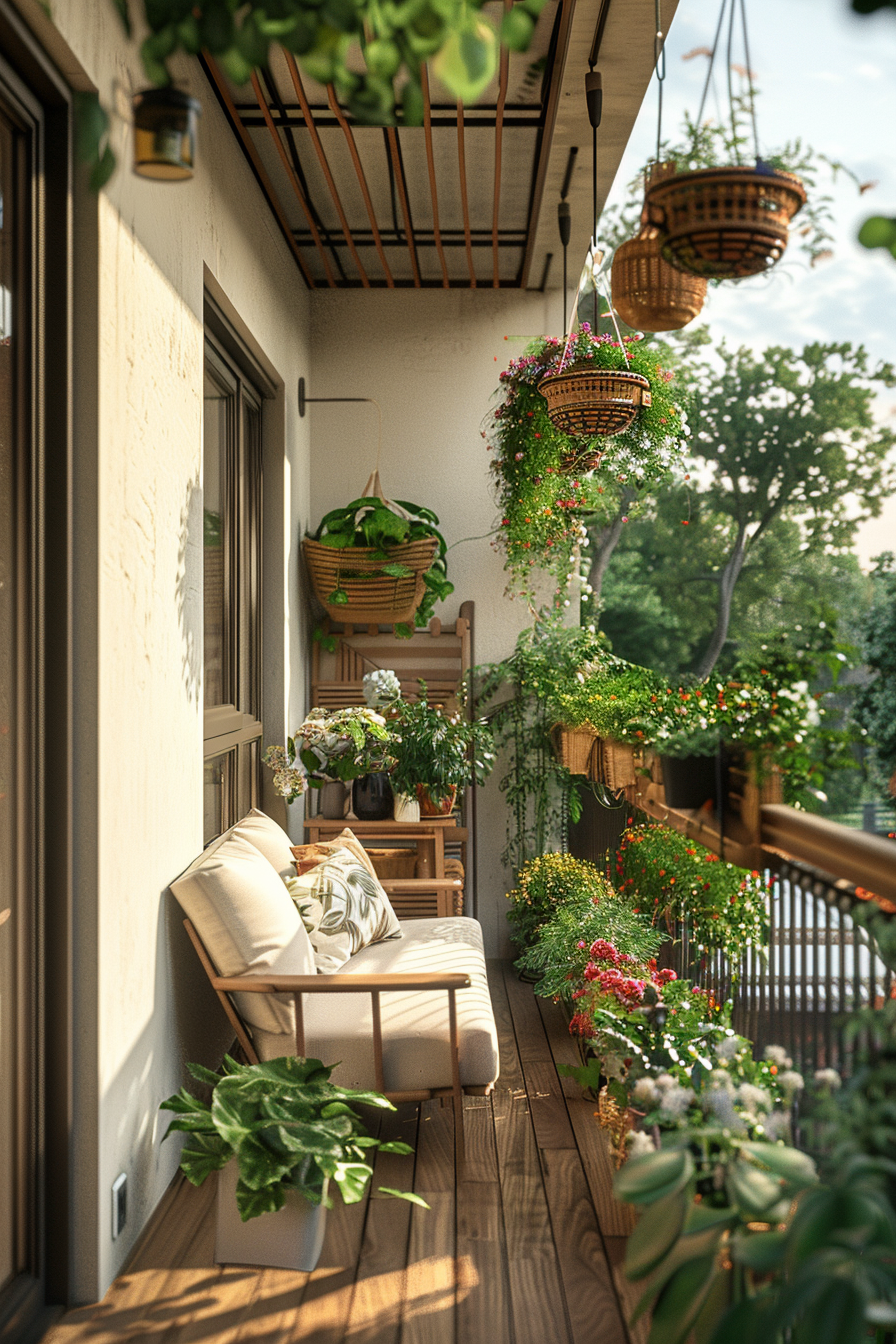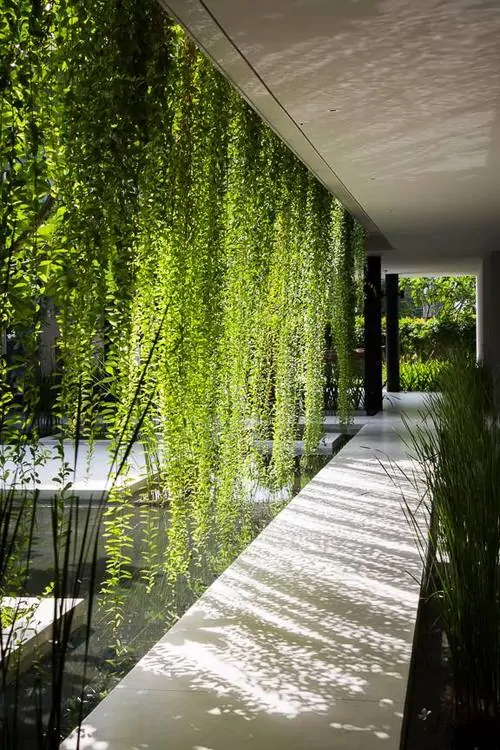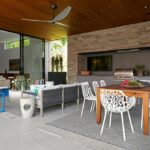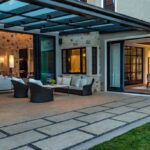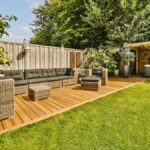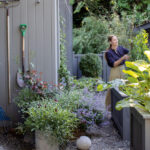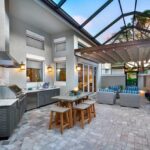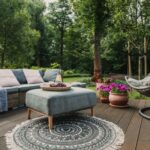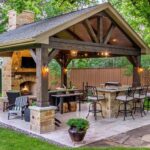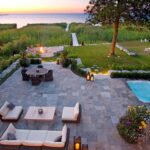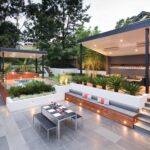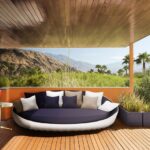When it comes to outdoor design, the possibilities are endless. From creating a cozy outdoor living space to a vibrant garden oasis, outdoor design allows for creativity and personalization. One popular trend in outdoor design is the use of natural materials such as wood, stone, and plants. These elements help create a harmonious and inviting outdoor environment that seamlessly integrates with the surrounding landscape.
Another key aspect of outdoor design is the layout and organization of the space. By strategically placing furniture, plants, and other elements, outdoor spaces can be both functional and visually appealing. For example, placing a dining table and chairs near the grill or outdoor kitchen can create a seamless flow for outdoor entertaining. Similarly, strategically placing potted plants or flower beds can help define different areas within the outdoor space.
Color plays an important role in outdoor design as well. The color palette chosen for outdoor furniture, decor, and landscaping can set the mood and tone for the space. Bright and bold colors can create a fun and energetic atmosphere, while muted tones can evoke a sense of calm and relaxation. By incorporating different colors and textures, outdoor spaces can be transformed into unique and inviting retreats.
Lighting is another important element of outdoor design. Proper lighting can enhance the ambiance of outdoor spaces and extend their use into the evening. From string lights and lanterns to spotlights and pathway lighting, there are countless options for illuminating outdoor areas. By strategically placing lights around seating areas, pathways, and landscaping features, outdoor spaces can be enjoyed long after the sun sets.
Incorporating water features into outdoor design can also add a sense of tranquility and serenity to outdoor spaces. Whether it’s a small fountain, pond, or waterfall, water features can create a relaxing atmosphere and provide a focal point for the design. The sound of trickling water can mask noise from traffic or neighbors, creating a peaceful sanctuary in the midst of a bustling outdoor environment.
Lastly, outdoor design should be a reflection of the homeowner’s personal style and preferences. Whether you prefer a modern, sleek design or a rustic, cozy retreat, outdoor spaces should be a reflection of your individual tastes and lifestyle. By incorporating elements that speak to your personality and design aesthetic, outdoor spaces can become an extension of your home and provide a welcoming and inviting environment for both family and guests.
